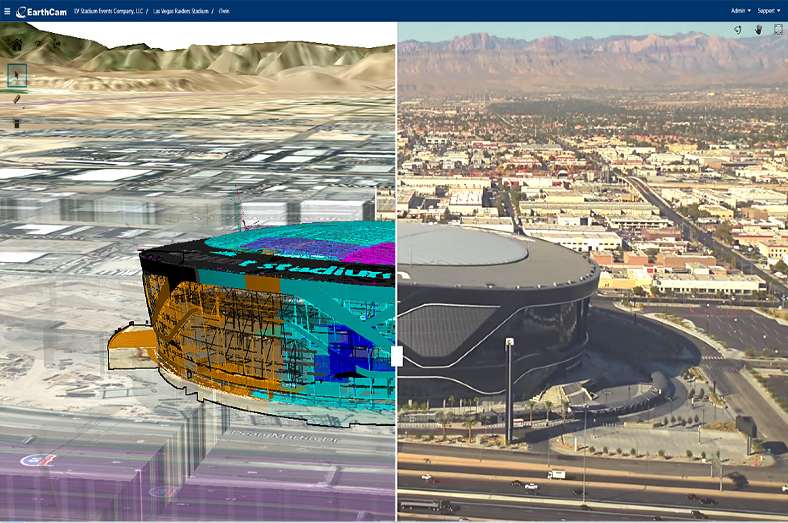BIM: An emerging future of construction

BIM appears to be the future of the industry and gives us some insights into how it can be a game changer.
Transforming construction
Sharing his views on how the technology is transforming the construction industry Jaimin Desai, Head, Design & Sustainability, Mahindra Lifespace Developers Ltd says, “Technology is changing almost every aspect of construction and those who are yet to actively embrace this change risk falling behind, from a product or service efficiency perspective. At its core, technology is an enabler and seeks to improve the quality of products and services, along with the overall customer experience. For example, construction management integrated with the BIM has greatly transformed how projects are developed and implemented. The BIM process automates regular project tasks from beginning to the end and ensures timeliness and adherence to budgets.”
BIM is a buzzword
Desai believes that Building Information Modelling (BIM) a collaborative design and coordination process and is today a buzzword in design and construction. It enables collaboration between architects, engineers, consultants and developers right from the early stages of design, thereby reducing design errors and improving productivity.
Specific advantages of BIM are:
• BIM facilitates improved transparency via the creation of intelligent and integrated 3D models.
• BIM enables a superior design validation using the 3D integrated BIM model.
• BIM allows for early identification of constructability and design issues through virtual models; this helps save time and avoids rework at sites.
• BIM ensures a better cost predictability using the quantities generated from the coordinated BIM model.
• BIM generates proactive visual alert dashboard (reports) regularly, thereby helping to avoid potential time and cost overruns.
• BIM facilitates efficient change management during the construction stage, by leveraging model centric workflows.
• BIM models provide accurate and reliable asset data for facilities management.
Further revealing upon how BIM technology may add value to the company’s business Desai said, “These are early days of BIM implementation for us and we will be able to measure or evaluate impact more accurately, going forward. However, BIM appears to be the future of the industry and gives us some insights into how it can be a game changer.”
Adopting BIM technology
Mahindra Lifespace Developers Ltd has implemented BIM in the past, but for specific development phases. It is however, looking at implementing BIM from inception to handover stage going forward, and will begin with a project on pilot basis. The company envision the following benefits as a result:
• Coordinated design and development
• Better design visualisation and enhanced design efficiency
• High quality construction documentation
• Improved response timelines and reliability
• Improved documentation.
Cookie Consent
We use cookies to personalize your experience. By continuing to visit this website you agree to our Terms & Conditions, Privacy Policy and Cookie Policy.









